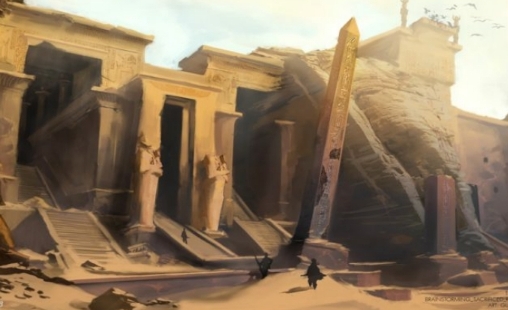
If we travel all around the world from the Americas to Australia, we will encounter more controversial discoveries.
The idea that ancient civilizations were far more developed than mainstream scholars suggest has been around for quite some time now.
Countless discoveries around the globe seem to point towards the possibility that thousands of years ago, ancient civilizations that inhabited our planet were much more sophisticated than we credit them for.
Countless discoveries—dubbed as controversial and discredited by mainstream scholars—raise numerous questions.
Is there a slight possibility that ancient civilizations—like the Ancient Egyptians for example—built an imposing ship that allowed them to cross Earth’s oceans freely, thousands of years ago?
What if, in the distant past, the ancient Egyptians—and even possibly other civilizations—had the necessary equipment, tools, and technology to make transoceanic voyages?
While all of the above may sound controversial and as a massive conspiracy, there are numerous indicators that point to the possibility that all of this may not be entirely false.
One of the lesser known pieces of evidence that suggests that the ancient Egyptians made transoceanic voyages was discovered by German scientists Svetla Balabanova who was examining the mummified remains of Lady Henut Taui, who according to historians, was a member of the ancient Egyptian ruling class. To her surprise, the German scientist found something that left the scientific community baffled. The mummy which Dr. Balabanova was analyzing contained traces of cocaine and nicotine.
While some coke and nicotine may not be much of a deal, it certainly is because of one important fact: when Lady Henut Taui lived in Ancient Egypt, tobacco and coca plants were only found in the Americas. So how on Earth were they consumed by Lady Taui in ancient Egypt?
These plants were exported to the old continent in the 19th century according to experts.
While this may be interesting to many, there are more substantial pieces of evidence that argue the same thing.
If we travel all around the world from the Americas to Australia, we will encounter more controversial discoveries.
Known as the Gosford Glyphs, a series of mind-bending Ancient Egyptian hieroglyphs discovered in the Brisbane Water National Park, Kariong have people scratching their heads.
First reported in the 1990’s, ever since their discovery, the mysterious ancient Egyptian hieroglyphs have created a never-ending debate among believers and skeptics.
Around 250 stone carvings have been part of the local folklore for over a century, and the unusual patterns etched in stone are the ultimate evidence of ancient Egyptian transoceanic voyages according to many experts who analyzed them.
Reports indicate how the enigmatic set of hieroglyphs were written in an archaic hieroglyphic style of the early dynasties, a style that has not been studied thoroughly by most Egyptologists and remains untranslatable for many.
But let’s take a trip from Australia back to the American Continent where we will come across what is considered as the most controversial discovery ever.
On April 5, 1909, the front page of the Arizona Gazette published one of the most contentious reports in American journalism.
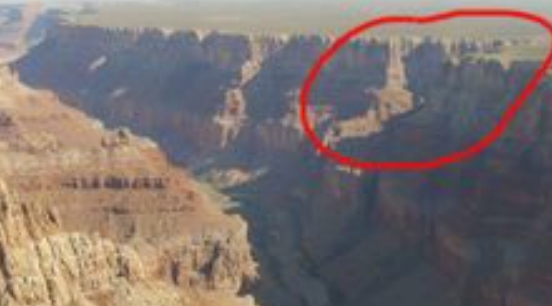
The newspaper stated that two Smithsonian-funded archaeologists, G.E. Kinkaid and Professor S. A. Jordan stumbled across the remains of an ancient Egyptian colony—with artifacts and all— in the Marble region of the Grand Canyon.
The controversial paper—which you can see below—reads:
Discoveries which nearly conclusively confirm that the race which inhabited this enigmatic cavern, hewn in thick rock by the hands of man, was of oriental origin, and even possibly from Egypt, tracing back to the era of Pharaoh Ramses.
If their arguments are borne out by the translation of the ancient tablets inscribed with hieroglyphics, the enigma of the ancient peoples of North America, their ancient arts, who they were and when they came, will be solved. Egypt and the Nile, just as Arizona and the Colorado shall be linked by a historical chain which can be traced back to ages which stagger the wildest fancy of the fictionist.
According to the Arizona Gazette, the so-called “ancient Egyptian colony” was located in an extremely remote, and isolated part of the Grand Canyon, reportedly located 2 miles away from El Tovar Crystal Canyon. The newspaper reported how the entrance to the main cavern leading to the ancient Egyptian artifacts was located 1500 feet below an abrupt cliff.
Sensational news requires sensational pieces of evidence.
Shortly after the story was published, the alleged discovery was “disproved” and labeled as a hoax.
The Smithsonian released a statement saying that no record of a so-called Kincaid or Professor Jordan exists in the Smithsonian’s Department of Anthropology, and the Smithsonian firmly denied making any discoveries related to the Ancient Egyptian civilization in the Rand Canyon.
While many consider that the alleged discovery was just another marketing trick by the Arizona Gazette in hopes of increasing newspaper sales, there are those who point towards several facts that keep the story interesting.
The area of the Grand Canyon where the alleged discovery was made is an area that’s completely off limits. It’s a forbidden zone, and no one can access it, not even park personnel.
Fact or fiction? You decide.
Source: Ian Petricevic


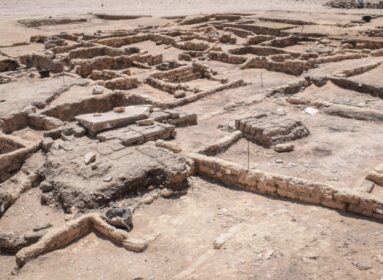
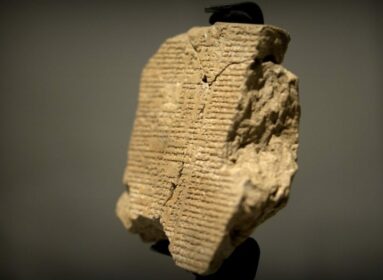
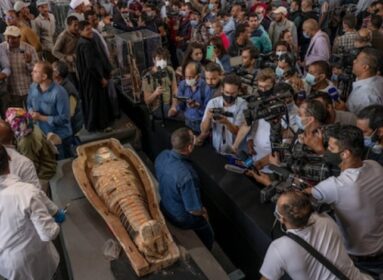
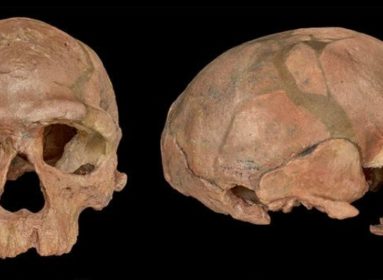









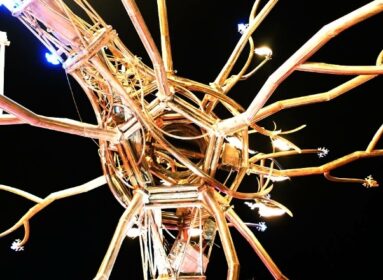








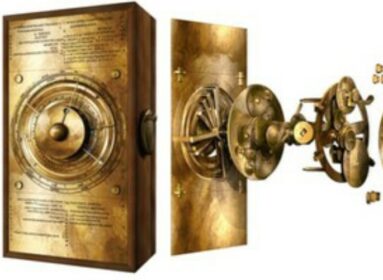




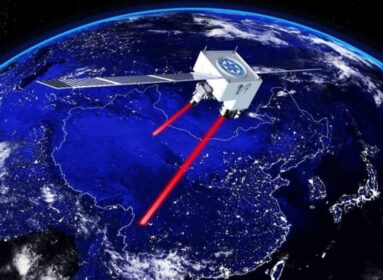




































Comments are closed.